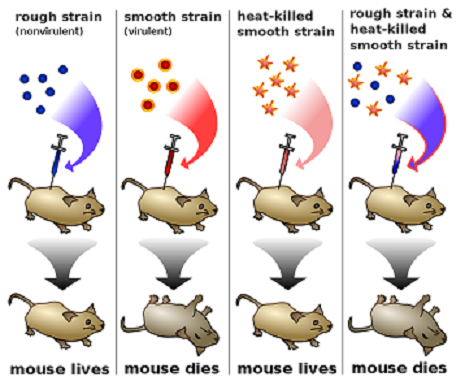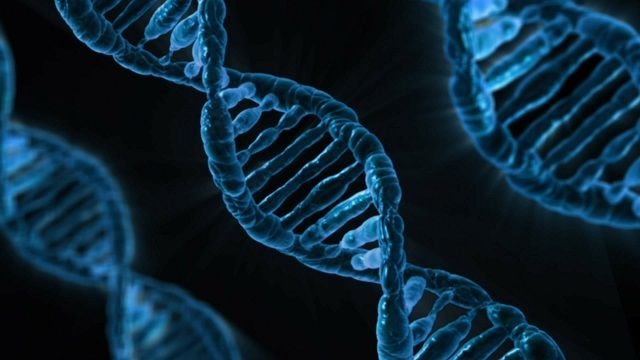Variations: Differences among living organisms
Mum, why do we look different?
Stepping into the reception to the chilled hands of the air condition, I headed towards the elevator and showed the security man my identity. He asked which of the floors am I heading, I politely answered;
Floor 6
He skillfully pressed a button on the elevator and after waiting for few seconds, the elevator opened and I stepped-in to join a group of upward sojourners. A quick scan through those aboard and my eyes rested on a middle aged white woman holding her kid glued to her side. The kid seemed to be scanning around as well, looking a bit confused. There were 7 of us in the elevator including the kid and his mum. However, they were the only white. Few seconds later, the kid whispered aloud;
Mum, why do we look different from them?
Everyone busted into a roar of laughter

Variation : Differences
It is a truism that living organisms are different from one another. Even in humans, siblings of same parents sometimes look quite different from one another. Scientifically, the differences are collectively called variations.
Variations among living organisms are mainly of two types:
- Phenotypic variations which has to do with physical differences among living organisms of the same species due to their environment. These differences are mostly not inheritable, that is, they cannot be passed on from parents to offsprings. They are caused by environmental factors such as sunlight, medium, temperature, nutrition, water and use/disuse of organs.
- Genotypic variations which has to do with differences that exist as a result of the genetic compositions of organisms. These kind of variations are believed to be heritable. That is, they can be passed on from parents to offsprings.
Variation can further be categorized as morphological if differences are in physical attributes, physiological if the differences are in the functioning of the organisms, cytological if differences are in cell compositions and structures as well as behavioural if such differences reflect in the behaviour of the organisms. Also, when the impact of differences are considered, variation can be termed 'useful' if it confers some advantage on the organisms, 'harmful' if it confers disadvantages and neutral/indifferent if it has no effect on the organisms. Some variations are termed 'continous' while others are 'discontinous' when the degree of differences is put into consideration
Lamarckism, Darwinism and Phenotypic variations
Variations acquired due to environmental influence were initially believed to not be heritable until the Jean Larmack and Charles Darwin came out with their theories. According to Lamarck, organisms either develop new organs or disuse available organs as a result of continous struggle to adapt to changes in environment. These developed/disused organs become passed down to subsequent generations in a theory known as Larmackism. In a similar theory, Darwin proposed that the environment acts to select organisms that are best adapted to survive. Such adaptive characters are passed on to the next generation as a form of natural selection.
Therefore, it became apparent that environmentally acquired traits can be passed on to the subsequent generation through a process known as heredity.
What is responsible for heredity?
The basis of inheritance was a subject of debate among scientists for a long time until Griffith came around in 1928.

Griffith conducted an experiment in which he made use of two strains of the bacterium Diplococcus pneumoniae and different experimental groups of rats. The first strain of the bacteria was virulent, that is, it had the ability to induce pneumonia in living organisms and this was demonstrated by injecting the strain into a group of the rats. The second strain of the bacterium was avirulent, that is, it lacks the ability to induce pneumonia in living organisms and this was also demonstrated by injecting the strain into another group of the experimental rats. Griffith also found out that when he heat-killed the strain that is capable of inducing pneumonia in living organisms, it lost its virulence factor. However, a mixture of the heat-killed virulent strain with the avirulent strain was found to induce pneumonia rats. This came as a complete surprise to Griffith himself. What could have happened?

Griffith's question was not answered until few years later. It was in 1944 that three researchers, Oswald Avery, Maclyn McCarty, and Colin MacLeod were able to demonstrate that a piece of Deoxyribonucleic acid isolated from the heat-killed virulent strain was the molecule responsible for the transformation of the avirulent strain of the bacterial from being avirulent to virulent.
In conclusion
The environment plays an important role in organism's differences. Perhaps the most obvious example is in the distribution of human race. A white man that stays in the tropical region might eventually become dark due to the intensity of the sun and this attribute might be passed down to his offsprings. The environment has a long term effect on the DNA, eventually modifying the traits to suit its purpose.
References
biology discussion
explorable
khan academy
tutor space
study.com
Britannica
No matter how we search for it and give it a name or create a theory for it, It's still a mystery. That is God.
@seyiodus.
Everything is not mystery seyiodus. Most things are explainable
Life and the differences is such a wonderful occurrance.
some people call it nature but icall it GOD